An epidemic of poor-quality health care claims 5 million lives each year in lower-income countries
The number of deaths due to poor-quality health care is estimated to be five times higher than the annual global deaths from HIV/AIDS — and three times more than deaths from diabetes.
That amounts to 5 million deaths per year in 137 low- and middle-income countries as a result of poor-quality care, with a further 3.6 million lives lost due to insufficient access to care, according to the first study to quantify the burden of poor-quality health systems worldwide.
The findings come from a new analysis published in The Lancet, as part of The Lancet Global Health Commission on High Quality Health Systems. The commission was a two-year project that brought together 30 academics, policymakers and health-systems experts from 18 countries who examined how to measure and improve health system quality worldwide. Its final report was published in The Lancet Global Health.
“As efforts to expand universal health coverage continue to drive the global health agenda, these numbers remind us that addressing the quality of health systems must be a top priority,” said Stanford Health Policy’s Joshua Salomon, a professor of medicine, member of the commission, and senior author on The Lancet study.
“Increasing access to health care continues to be critically important, but we find that there is also a tremendous opportunity to do a better job at caring for those who are already accessing the health system.”
To quantify the burden of poor-quality health care, the authors analysed data for 61 different health conditions and computed the "excess mortality" found among patients in low- and middle-income countries – that is, the additional risk of death in those countries compared to corresponding risks in high-income countries with strong health systems. Among the 5 million deaths attributed to receipt of poor-quality care, 1.9 million, or nearly 40 percent, occurred in the South Asia region, which includes India, Pakistan and Afghanistan.
The commission, in an extensive report on its overall findings and recommendations, found systematic deficits in quality of care in multiple countries, across a range of health conditions and in both primary and hospital care. These include:
- The over 8 million excess deaths due to poor-quality health systems lead to economic welfare losses of $6 trillion in 2015 alone.
- Poor-quality is a major driver of deaths amenable to health care across all conditions in low- and middle-income countries, including 84 percent of cardiovascular deaths, 81 percent of vaccine preventable diseases, 61 percent of neonatal conditions — and half of maternal, road injury, tuberculosis, HIV and other infectious disease deaths.
- Approximately 1 million deaths from neonatal conditions and tuberculosis occurred in people who used the health system, but received poor care.
“Quality care should not be the purview of the elite, or an aspiration for some distant future; it should be the DNA of all health systems,” said Commission Chair Margaret E. Kruk of the Harvard T.H. Chan School of Public Health.
“The human right to health is meaningless without good quality care. High quality health systems put people first. They generate health, earn the public’s trust, and can adapt when health needs change,” Kruk said. “Countries will know they are on the way towards high-quality, accountable health systems when health workers and policymakers choose to receive health care in their own public institutions.”

The commissioners used data from more than 81,000 consultations in 18 countries and found that, on average, mothers and children receive less than half of the recommended clinical actions in a typical visit, including failures to do postpartum check-ups, incorrect management of diarrhoea or tuberculosis, and failures to monitor blood pressure during labor.
And perhaps not surprising, poor-quality care is more common among the most vulnerable.
The wealthiest women attending antenatal care are four times more likely to report blood pressure measurements, and urine and blood tests compared to the poorest women; adolescent mothers are less likely to receive evidence-based care; and children from wealthier families are more likely to receive antibiotics. People with stigmatized health conditions, such as HIV/AIDS, mental health and substance abuse disorders, as well as other vulnerable groups such as refugees, prisoners and migrants are less likely to receive high quality care.
“Given our findings, it is not surprising that only one quarter of people in low- and middle-income countries believe that their health systems work well,” Kruk said.
The right to high quality care
In an accompanying editorial by The Lancet, the editors acknowledge that expansion of universal health coverage remains essential, but that without high quality health-care systems, universal care “will be an abstract and meaningless myth.”
The commission proposes several ways to address health system quality, starting with public accountability for and transparency on health system performance.
It found many current improvement approaches have had limited effects. Additionally, commonly used health system metrics, such as availability of medicines, equipment or the proportion of births with skilled attendants, do not reflect quality of care and might lead to false complacency about progress.
The commission calls for fewer, but better measurements of health systems quality, and proposes a dashboard of metrics that should be implemented in counties by 2021 to enable transparent measurement and reporting of quality care.
“The vast epidemic of low-quality care suggests there is no quick fix, and policymakers must commit to reforming the foundations of health care systems,” said Muhammad Pate, co-chair of the commission and former minister of state for health in Nigeria.
“This includes adopting a clear quality strategy, organizing services to maximize outcomes, not access alone, modernizing health-worker education, and enlisting the public in demanding better quality care,” Pate said.
“For too long, the global health discourse has been focused on improving access to care, without sufficient emphasis on high quality care,” he said. “Providing health services without guaranteeing a minimum level of quality is ineffective, wasteful and unethical.”


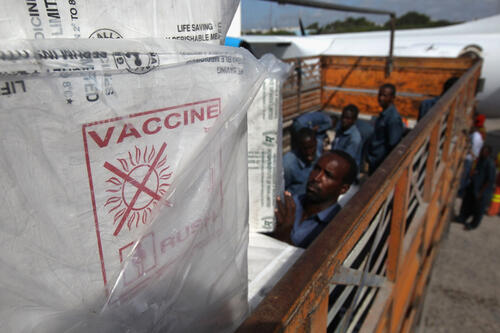


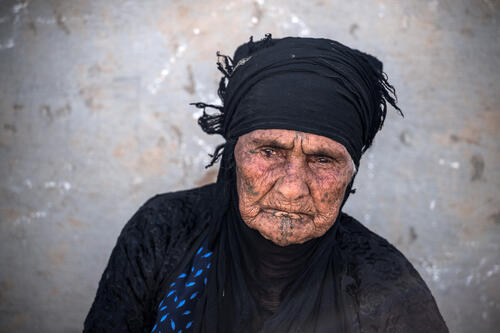
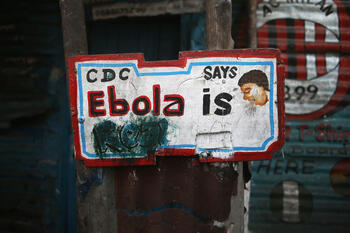
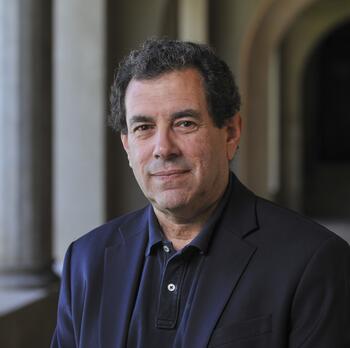
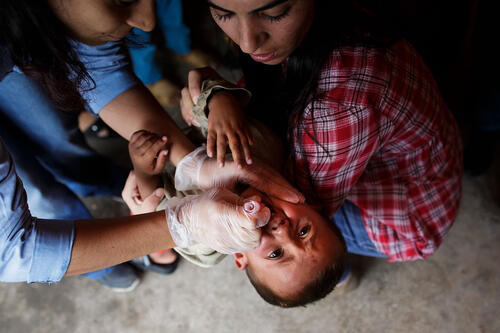

 Grace Lee joins Stanford as the Associate Chief Medical Officer at Lucile Packard Children's Hospital in the fall, 2017.
Grace Lee joins Stanford as the Associate Chief Medical Officer at Lucile Packard Children's Hospital in the fall, 2017.
